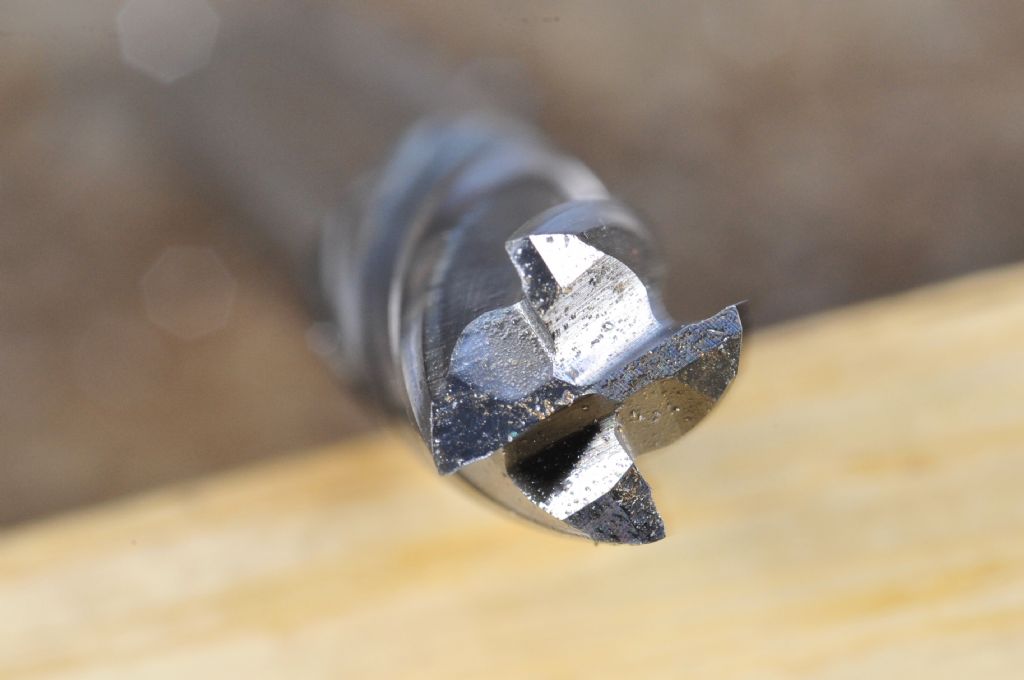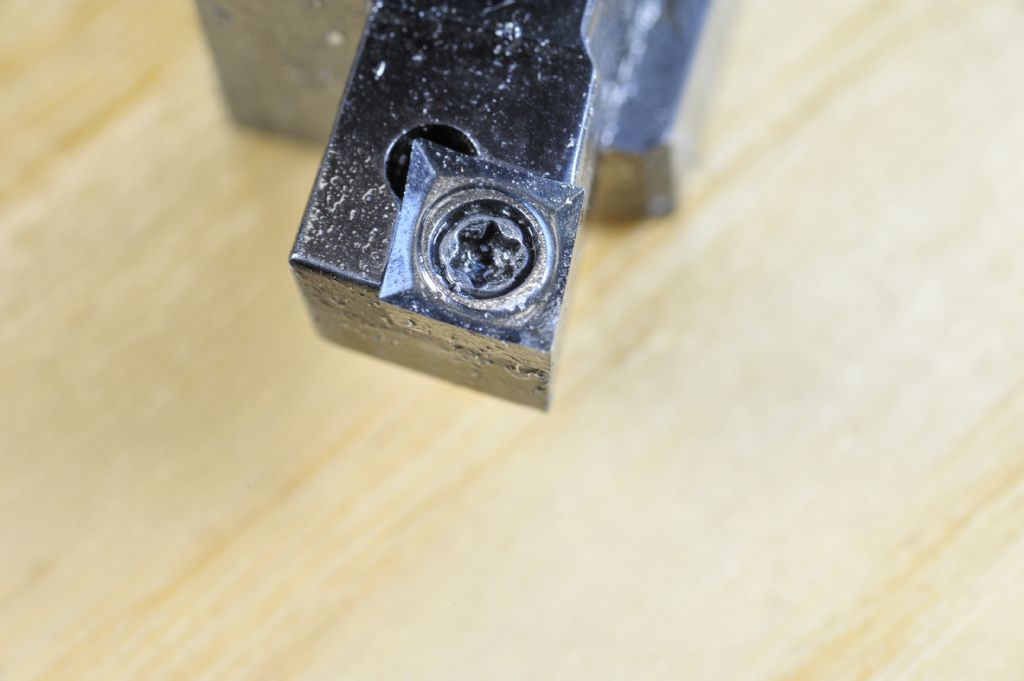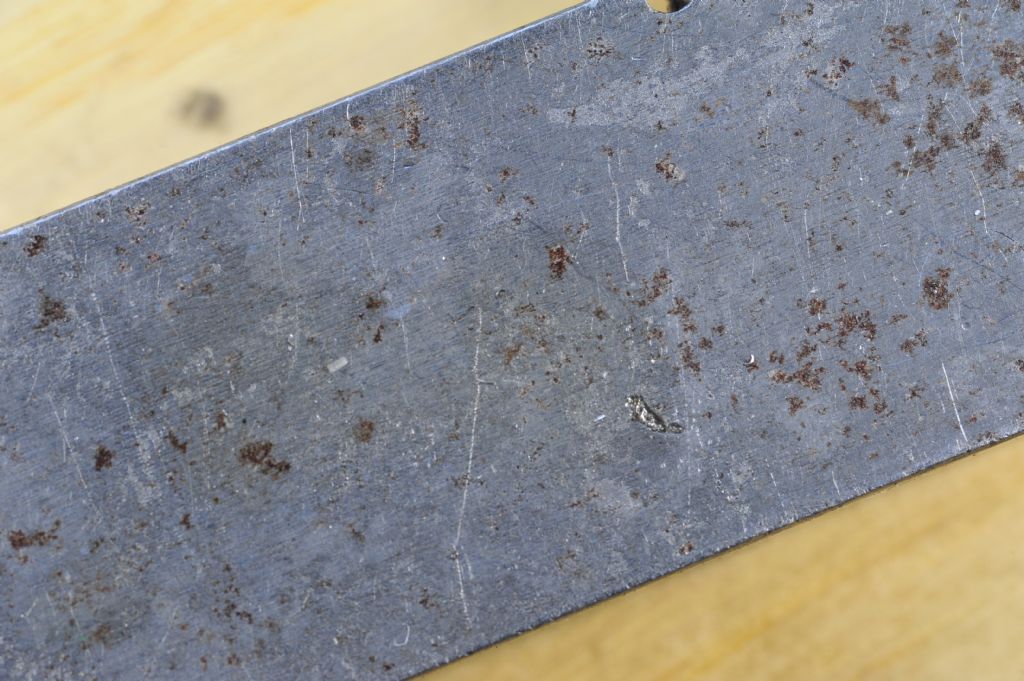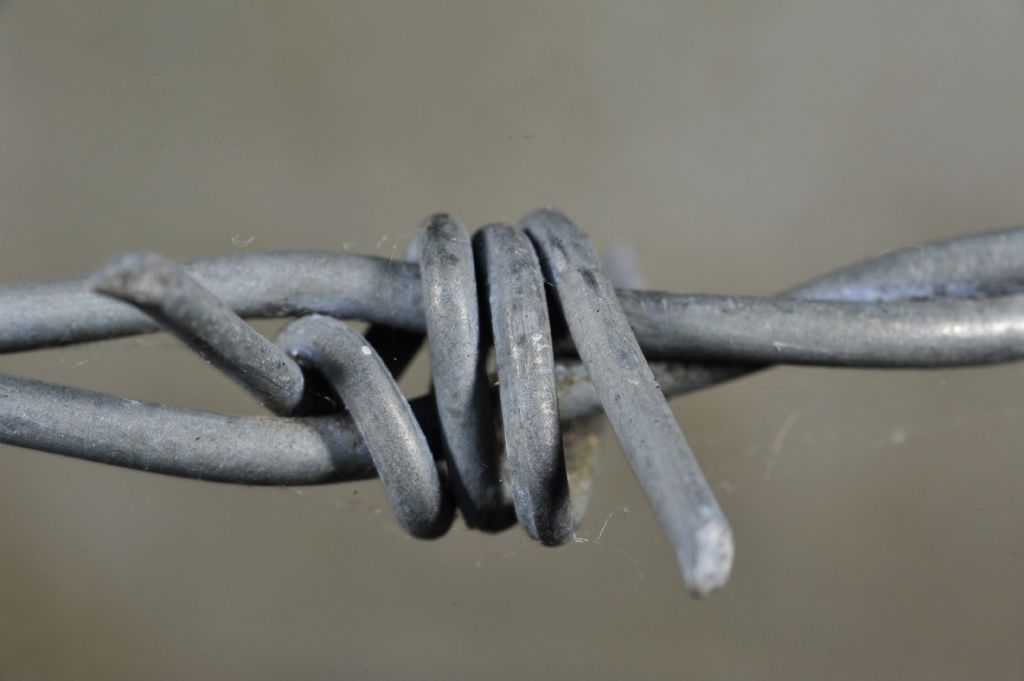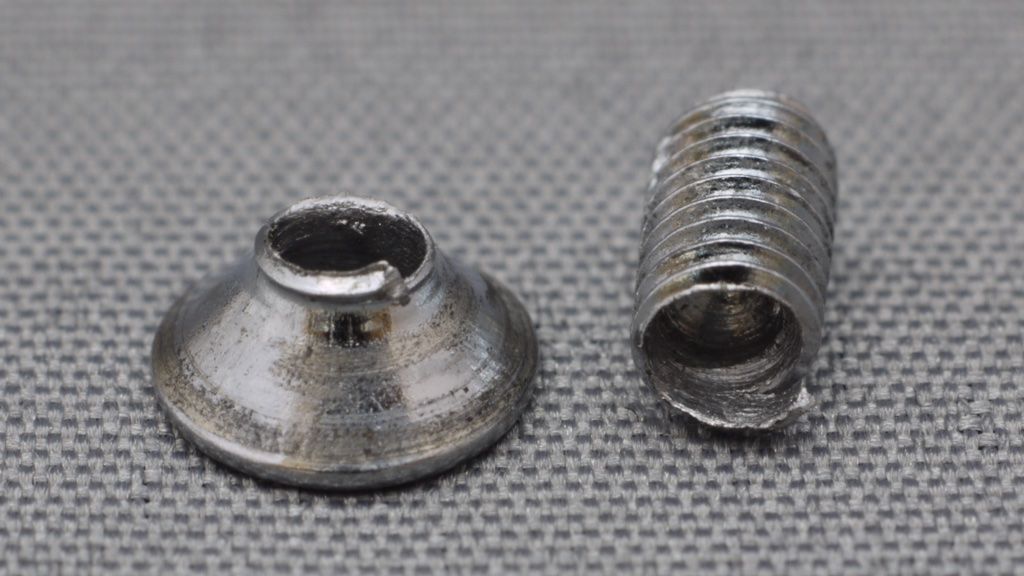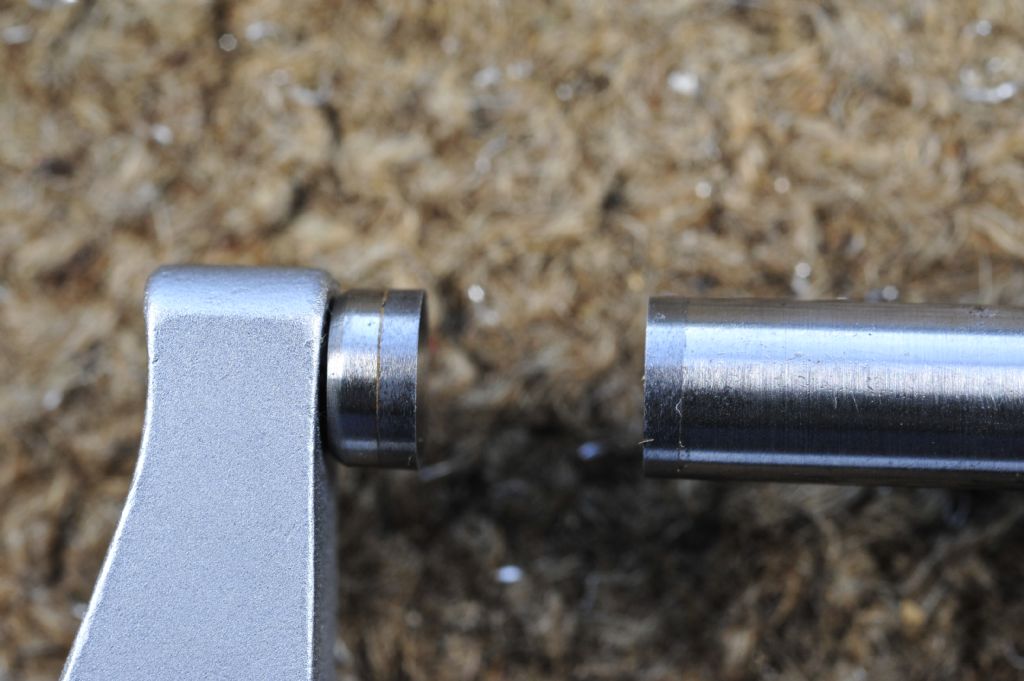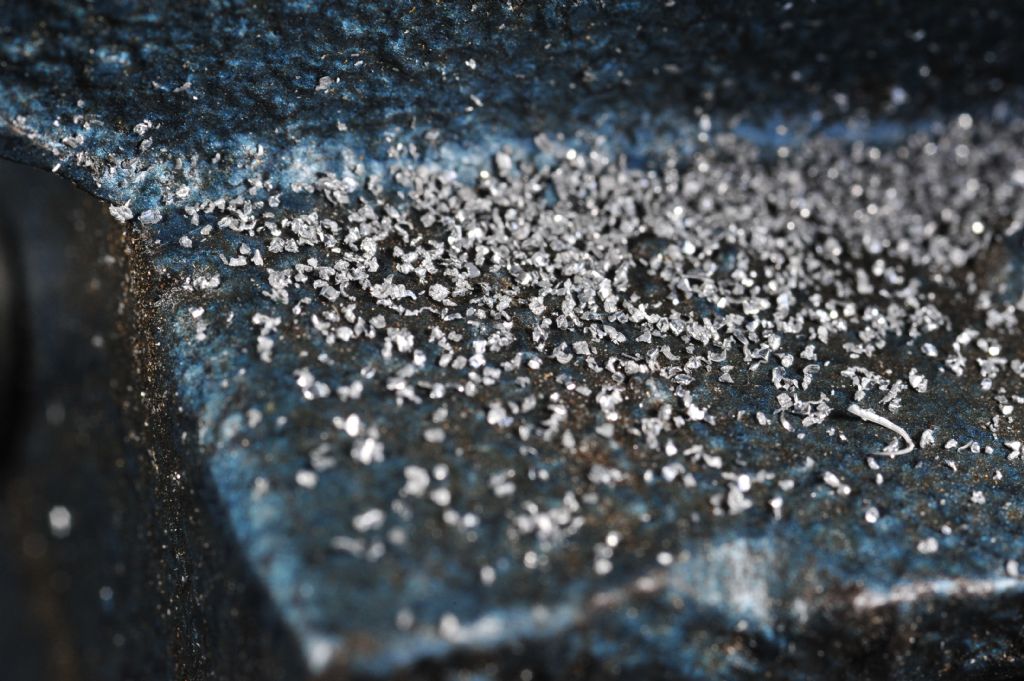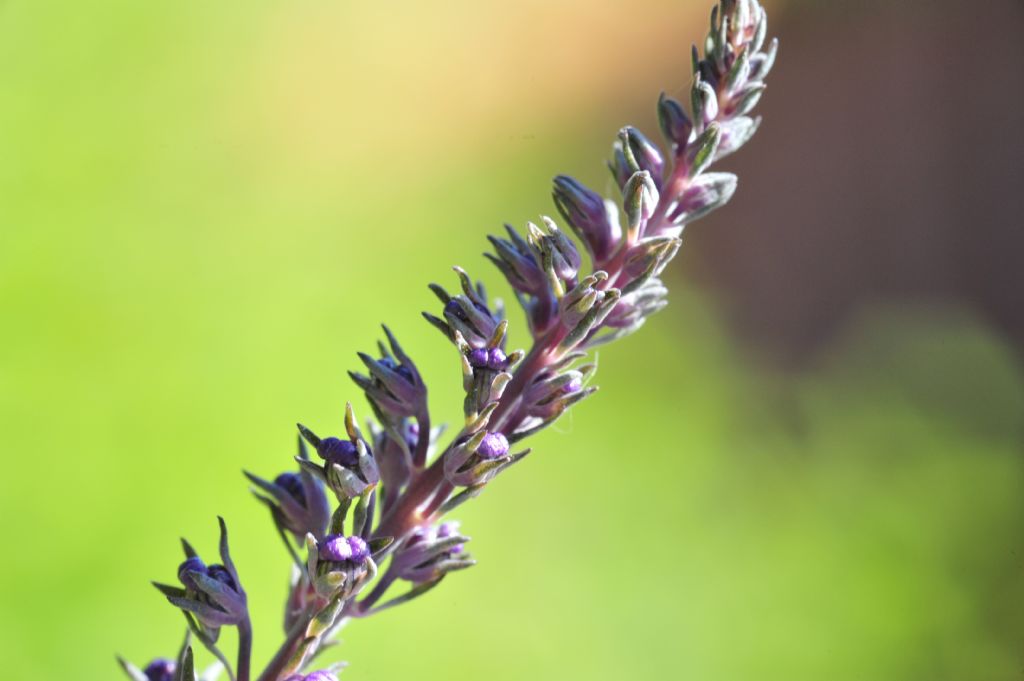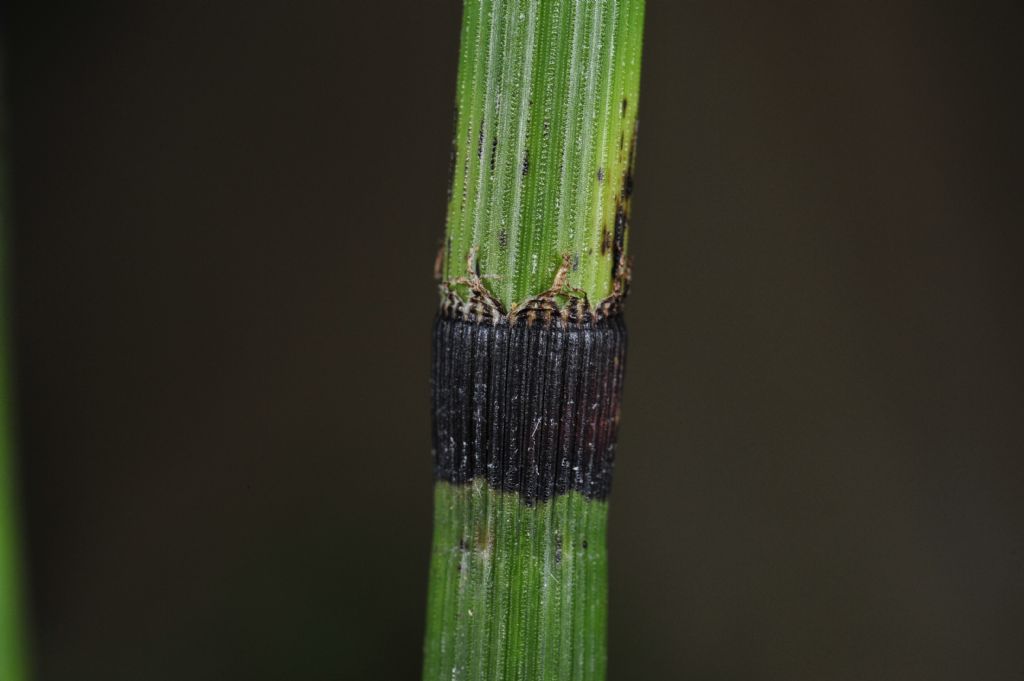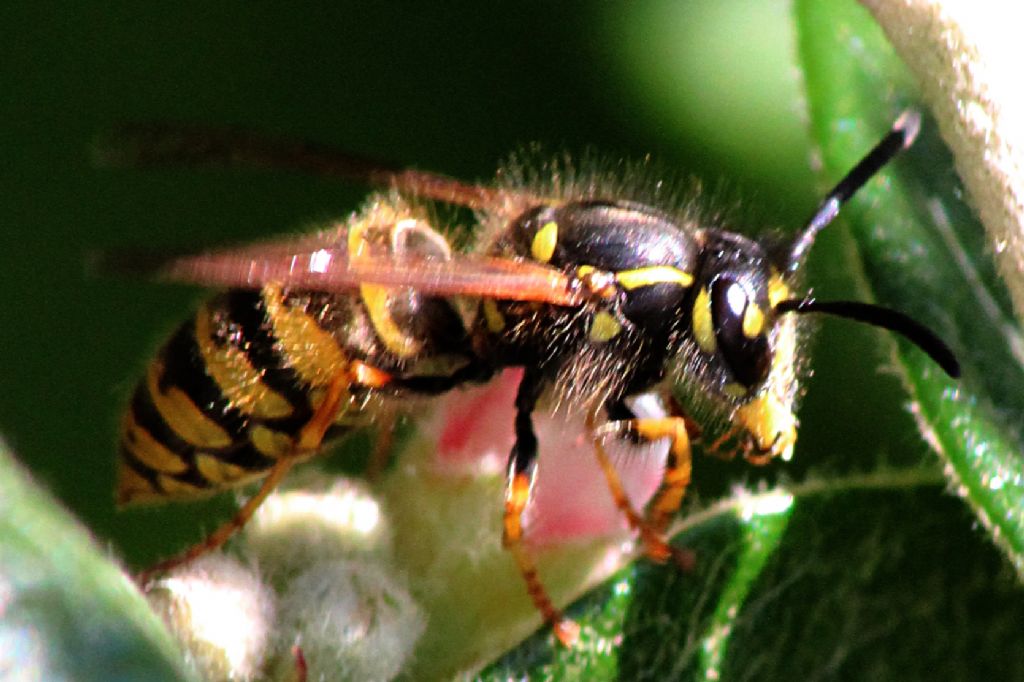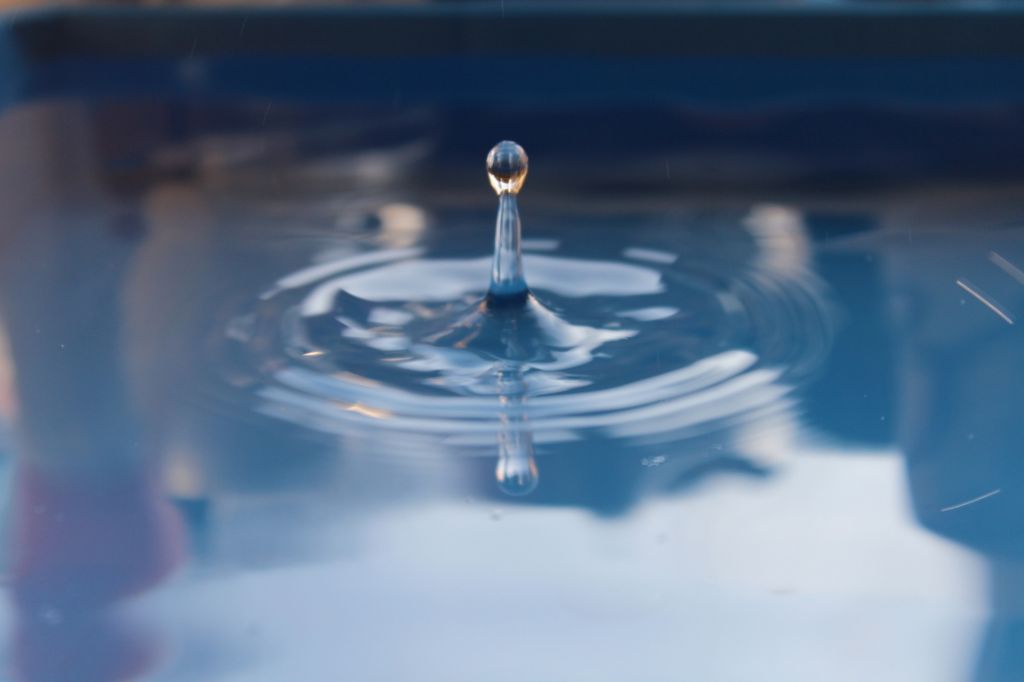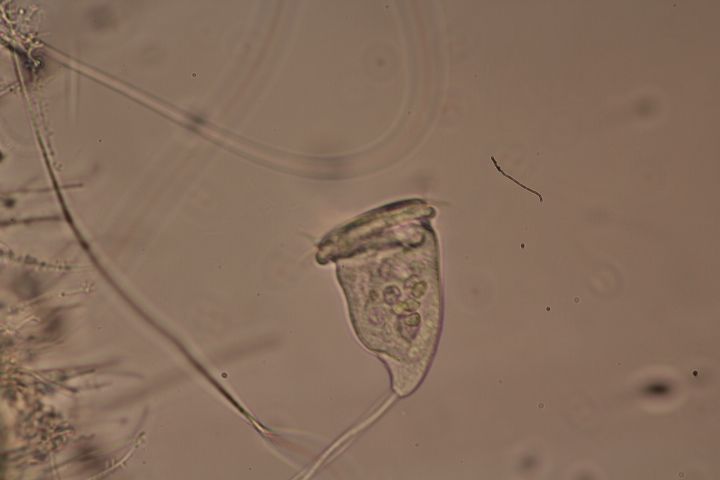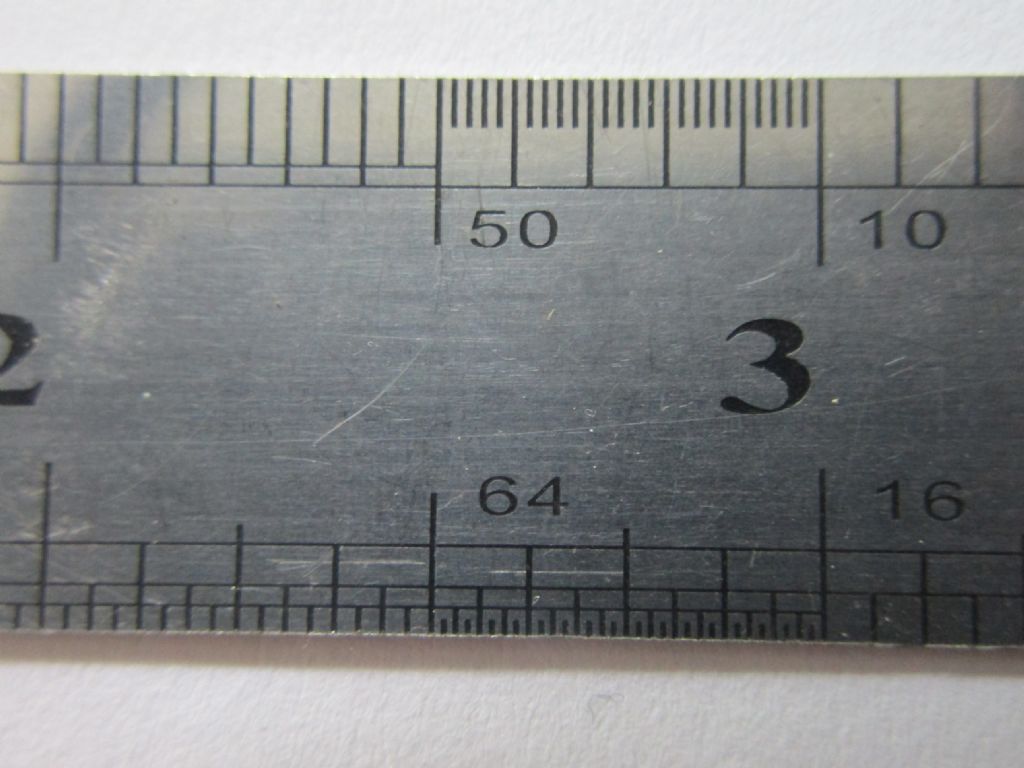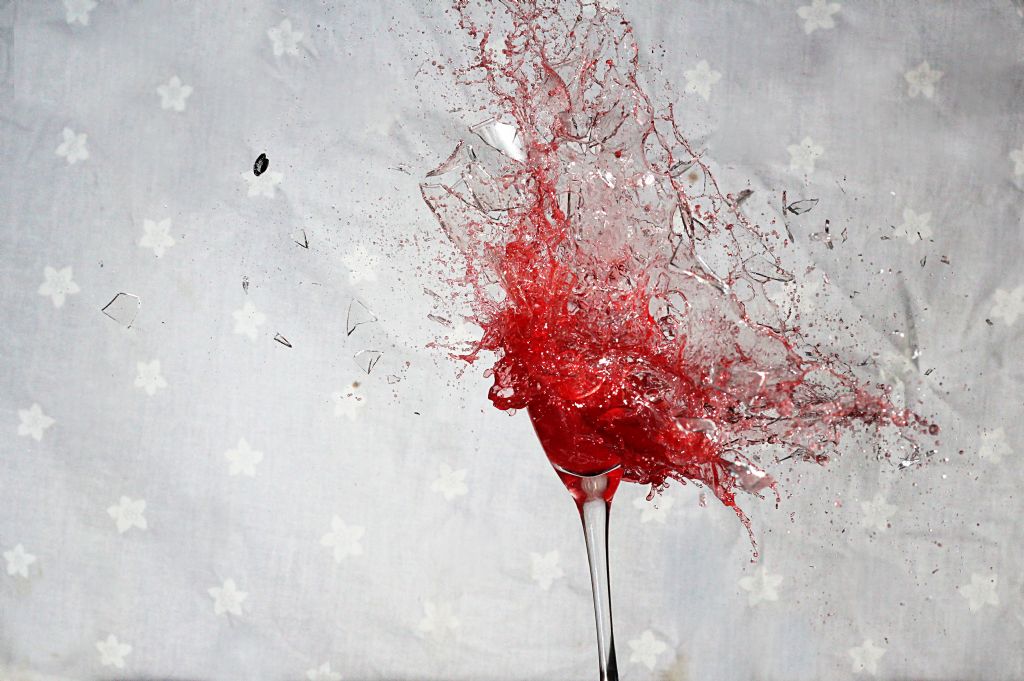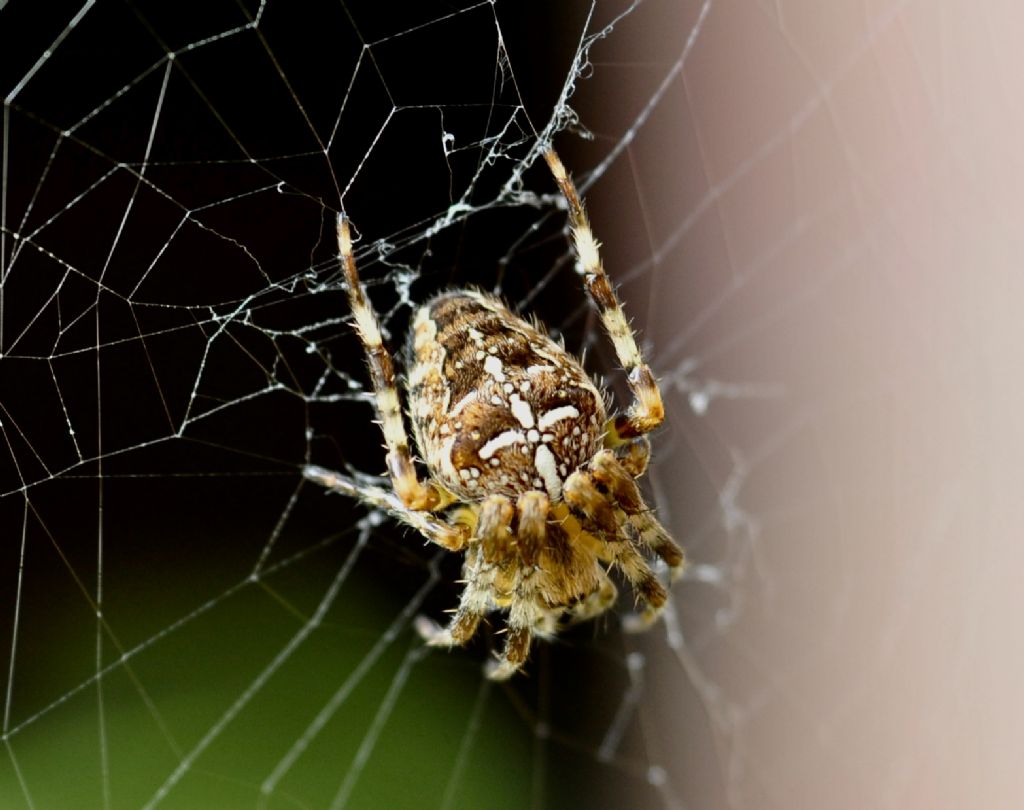Posted by Colin Heseltine on 15/05/2020 13:38:26:
I would be interested in knowing what lenses you are all using for macro photography.
…
Are you using dedicated macro lenses or screw on macro lenses filters (as normally purchased in sets)
Colin
I use a Sony Cybershot Bridge Camera for outdoor targets of opportunity. The built-in lens has basic Macro and image stabilisation, so it's sometimes possible to get good shots. Outdoor photography is uncooperative though: I wobble, plants move in the breeze, and insects won't sit still and fly off. The camera has to be close to the subject, which most animals and insects dislike.
Indoors and outdoors I have a Sigma 70-300 DG Macro on a Canon EOS600D; it's handy for zooming in on nervous subjects from a distance. Trick is steadying the camera for which I have a monopod, or lean on something, or pull the strap tight around my neck just as the shutter is pressed. Any indignity necessary to reduce camera movement is suffered!
Indoors, I mount the camera and lens on a weighted tripod and work the shutter with a remote release. The object is staged on a table top, often lifted an inch or two on the end of a pin to blur the background, with the camera located overhead. Fair bit of care needed with lighting, and a LED ring light on the camera is helpful.
I probably do most macro work with a 50mm lens and extension rings. By quirk of physics, it's cheap and easy to make really good 50mm lens. Other focal lengths, zoom etc, involve more engineering and compromises that push the price up. An extension ring magnifies by putting empty space between lens and camera, and introduces no extra optical distortions. Simple spacers work quite well, but it's worth buying rings compatible with the camera, ie they connect the lenses electronics to the camera as normal. This allows the camera to do it's usual clever stuff with exposure settings and whatnot. Mine are 'Kenko' brand.
The problem with rings is they make focussing very tight – hard to adjust, and only correct over a very narrow range. To overcome the adjustment problem the camera is mounted on a rail and moved finely with a worm drive. Several pictures of the same object are taken each focussed sharply on a different plane. (So when the top is in focus the bottom is a meaningless blur.) Then the photos are loaded into a computer package that does focus stacking. Basically, the computer looks at each image and erases anything that's blurred. The sharp parts of each image are then combined into a single composite image that's in focus from top to bottom. Obviously this technique works best on subjects that cannot move.
Choice of SLR can make a difference. I bought an EOS600D specifically because its mirror can be locked, which minimises camera movement when pictures are taken. Not all SLR's can lock their mirrors, and this type may be at a disadvantage when mounted on a macro-rail or microscope where every tiny movement matters. They perform well with an image stabilised macro lens, just not on a microscope or with extension rings.
Dave
 Michael Gilligan.
Michael Gilligan.


